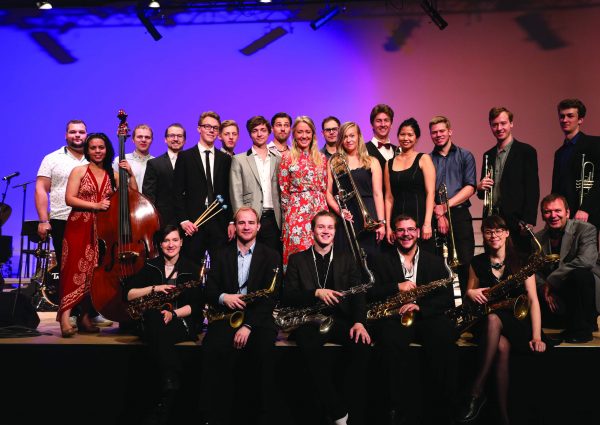The role of art, one among an infinite list, is to unearth our ugliness and impose its weight on ourselves so much so that we can no longer ignore it, thereby leaving us with no option but to accept this ugliness as who we are, and thus choose not to be beautiful – or rid ourselves of it, writes ART STATE publisher and columnist Mpho Matsitle.
Of course there is always a third option; to unsee – to clap, leave and forget each and every performance, no matter how great it was.
It thus becomes incumbent upon the ones who’ve taken it upon themselves to monumentalise their generation’s existence in words to ensure that this ugliness is not unseen.
It is a futile exercise – and a thankless one at that – but it must be done. The ugliness must be seen, for it is only when it is seen that it can be dealt away with.
Sometimes though the ugliness creeps out in the art, it is not deliberately unearthed; it seeps out more in the grammar of the performance. It is not always easy to see when this happens. One needs nuance, one needs sensitivity, one needs to check against projecting his own prejudices or blind spots unto the art. It is a delicate dance, a solo frantic dance in a crowded hall. One is bound to step on a few toes – sometimes totally unnecessarily so.
My duty as a writer is one: to record my generation’s failures, so that we, or those coming after us, can fail better.
Negative people are often against criticism, or at least are for “constructive criticism”. But this is tautology. All criticism is constructive. In fact, a case can be made that criticism is the highest form of love. In recording our failures, I believe absolutely that I am practicing a labour of love, as opposed to snide remarks made behind backhands, silence and the worst of applauding without purpose.
To not do this; that is, to spare the rod, would be to spoil the art.
Equally I believe that nothing can escape the righteous scrutiny of black radical thought. Art, especially as an expression of our desires and fears, finds the black retina hard to escape. It is here mostly that slippages – negative and positive – are most prevalent. We thus burden ourselves with the task of making meaning of these slippages.
It is a heavy burden this;
- to unearth our ugliness so that we can imagine ourselves afresh – beautiful even;
- to record our failures so that we and/or our progeny can fail better;
- to subject art to the black gaze – that is, to make it ethical.
In this column I will pose provocations to ward off philistinism from the city. I will toil to lay bare the State of Mangaung Arts for all to see and understand. We will look into the politics of the arts and the politics in the arts. The economics thereof and therein, and the kitsch that permeates the culture. No stone will be left unturned, no punch left hanging.
But is it a precarious attempt? We often boldly shout #ArtLivesHere, which could be read as betraying the nervousness of the whole affair, which is similar to the popular phrase, hashtag rather, #LoveLivesHere: a fancy lie to hide the vicariousness of the relationship, wherein the value of the relationship is not inherent but depended on the envy or adoration of the social media masses.
Are we to say then that to claim so boldly that Art Lives Here is an attempt to paint a rosy picture from a dry landscape? Or, an attempt to fake it until we make it? To put a finer point to it, is Mangaung a cultured or philistine city?
The coming months will edify us on these or more questions. And hopefully raise a whole lot more and varied questions.
We can only hope to fail admirably in answering them.
Mpho Matsitle is ART STATE publisher and author of Celibacy and Other Cute Little Things. He is @MphoMatsitle on Twitter.
Photo credits: Dopeshots






